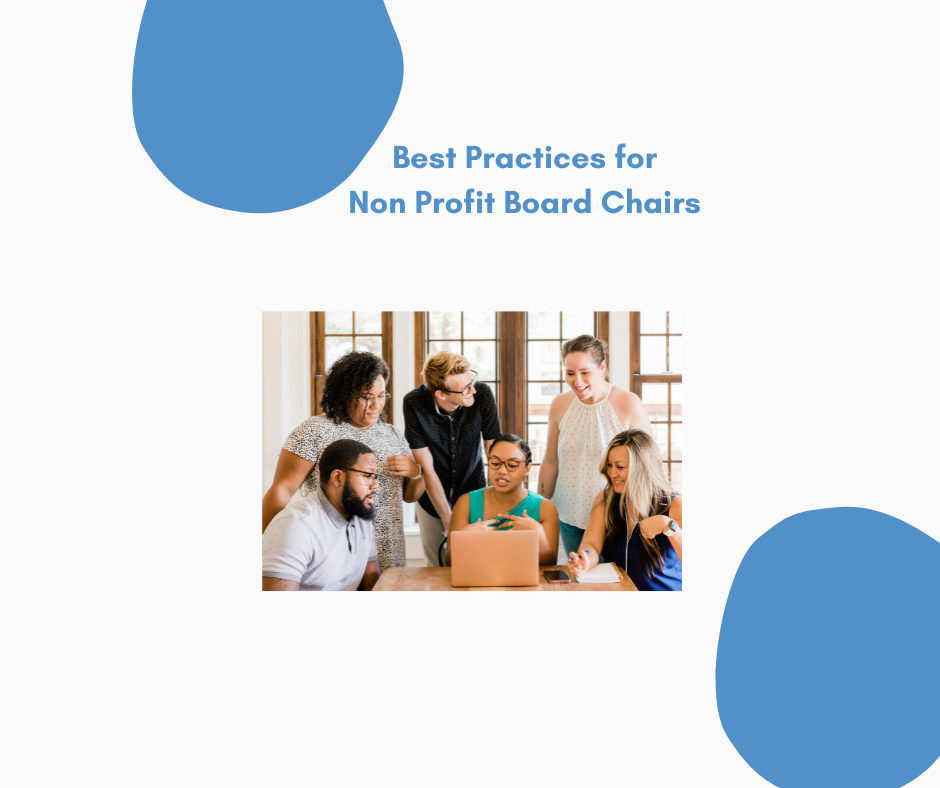Why Board Chairs should operate at 30,000 feet.

Whether you are a board chair for a small volunteer-powered non-profit or a million plus dollar professionally staffed foundation, board chairs have different responsibilities and concerns than their Executive Director, staff, and volunteers.
While many board chairs may think their role is to manage and be involved in the day-to-day operations of their organization, this is risky. They are putting the organization’s ability to achieve its mission in jeopardy. The Executive Director and staff are responsible for realizing and operationalizing the work needed to fulfill the mission. The board’s responsibility is to make decisions that help fund and build infrastructure necessary to fulfill the mission and vision of the organization.
I believe a board chair needs to be operating at a 30,000 foot level. At this altitude, the board chair can see the horizon as well as see the different strategies needed to fulfill the mission. What does this mean exactly? While each non-profit is unique there are common duties for boards and in particular, board chairs.
Let’s start first with what you should not be doing:
- Daily check in with your Executive Director.
- Asking for weekly budget updates.
- Going directly to staff without an agreement with your Executive Director.
- Having board meetings without letting your Executive Director know.
- Selecting the color for the t-shirt for the annual 5k. (Seriously, not your job.)
Now, here is what you should be doing:
- Regular check-ins with your ED: Schedule (and stick to) a 30 minute catch up meeting every two weeks with your Executive Director. This meeting is worth it whether it be on the phone, via Zoom or in person. It’s one way to build a strong relationship with your ED. This meeting should be a “what you need to know” report from your ED. It’s also a time for you to bring your questions to your ED.
- Understand the organization’s budget.
- Be the first one to donate or pledge for the campaign or annual gift. You are the model for the rest of your board. (This in no way means you have to donate the biggest gift.)
- When making a critical decision ask “How does this serve the mission?” This helps to stem the dreaded mission creep that many organizations fall into.
- Be knowledgeable about your organization’s strengths and weaknesses.
- Balance the short term goals with long term vision.
- Along with your ED, educate your fellow board members about their roles and responsibilities. A robust onboarding program which details board responsibilities, board norms, ED and staff responsibilities, financial information and policies is a critical step in preparing new board members for success.
- Conduct a well-run board meeting! Set expectations with new board members that everyone is expected to have read any materials emailed prior to the meeting, have questions ready and respect board norms.
- Give your board members ample time to review materials that will be reviewed and discussed in a meeting. Expecting your board to read anything prior to 48 hours before a meeting is unacceptable.
